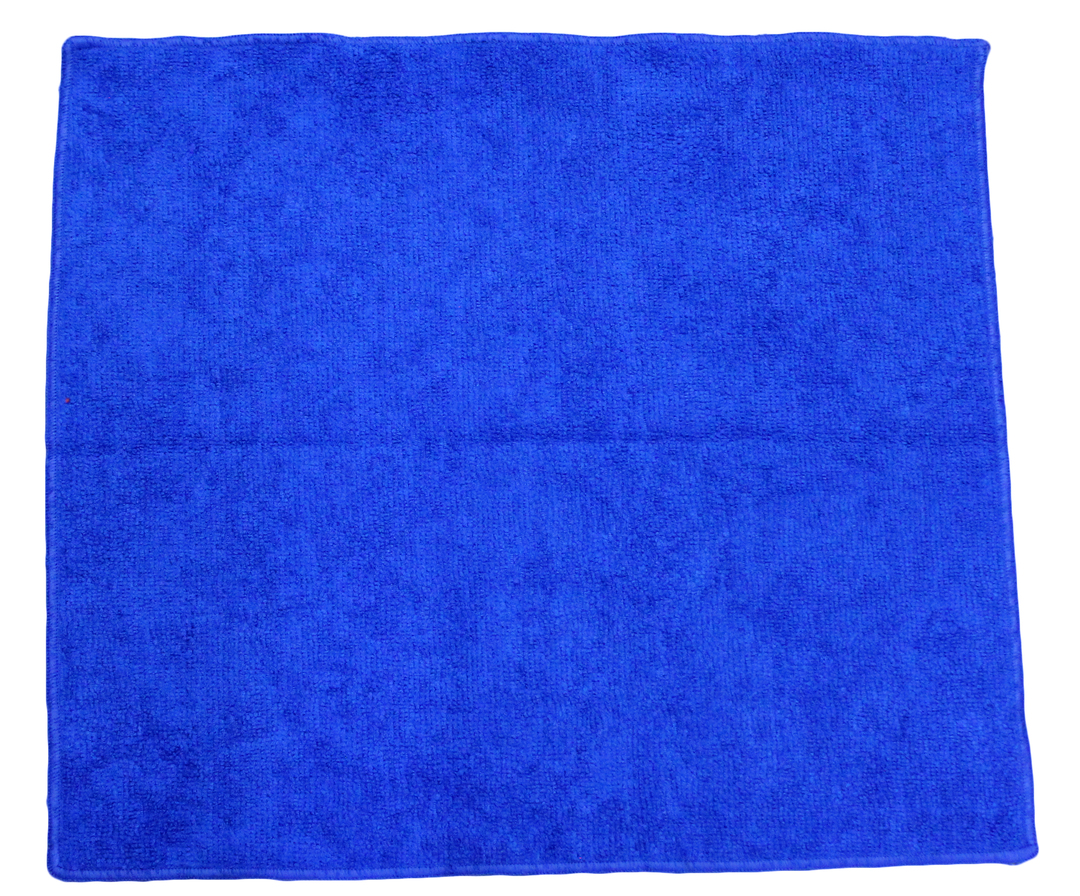Virtual reality( VR) technology is still in its infancy. And as it develops, it finds application not only in the game industry, but also in a variety of areas, from industry to marketing and medicine.
Here are the top 7 unusual uses of virtual reality.
Contents:
- 7. Virtual crime scenes
- 6. Marketing
- 5. Entertainment
- 4. Medical operational simulations
- 3. Treatment of phobias
- 2. Assisting paralyzed
- 1. Training of policemen
7. Virtual crime scenes
 Scientists from Staffordshire Universityconceived an unusual "criminal" project. It uses green screens, the latest virtual reality headsets and technology, borrowed from games.
Scientists from Staffordshire Universityconceived an unusual "criminal" project. It uses green screens, the latest virtual reality headsets and technology, borrowed from games.
Researchers experiment with various technologies: from laser scanning to unmanned aerial vehicles. The goal is to allow the lawyer and the jury to "walk" at the crime scene, where everything looks incredibly real.
6. Marketing
 Advertisements are becoming more ubiquitous and intrusive thanks to the Internet. Most consumer-oriented applications related to marketing are aimed at eliminating these ads. But what if virtual reality makes advertising interesting and even desirable for users? For example, auto giant companies BMW and Volvo put into operation virtual test drives and races, and this is just the tip of the marketing "virtual" iceberg.
Advertisements are becoming more ubiquitous and intrusive thanks to the Internet. Most consumer-oriented applications related to marketing are aimed at eliminating these ads. But what if virtual reality makes advertising interesting and even desirable for users? For example, auto giant companies BMW and Volvo put into operation virtual test drives and races, and this is just the tip of the marketing "virtual" iceberg.
5. Entertainment
 At the end of 2015, several Canadian theme parks began to experiment with virtual attractions. They used smartphone-compatible headsets, displaying scenes synchronized with various attractions.
At the end of 2015, several Canadian theme parks began to experiment with virtual attractions. They used smartphone-compatible headsets, displaying scenes synchronized with various attractions.
Similar upgrades allow players to participate in the game "Independence Day", reflecting the attack of aliens and accompany Superman while repelling the attack of Lex Luthor on Metropolis.
4. Medical operating simulators
 Using NeuroTouch Cranio, a simulator of brain operations, will help inexperienced surgeons learn from their mistakes without affecting the patient's health.
Using NeuroTouch Cranio, a simulator of brain operations, will help inexperienced surgeons learn from their mistakes without affecting the patient's health.
NeuroTouch Cranio can analyze the performance of his user, give recommendations for improving it, and even assess whether the user has the necessary skills to be a neurosurgeon.
And in the simulator there is a mode "Kobayashi Maru", named after the test from Star Trek. It is needed to evaluate the student's reaction to a scenario in which the patient always dies.
3. Treatment of phobias
 A popular "anti-phobia" method of therapy is to expose the patient to fear, so to speak, dosed. Until the patient, under the guidance of a psychotherapist, takes it under control. And phobia therapy in a virtual environment significantly reduces such negative effects of the method as stress and anxiety.
A popular "anti-phobia" method of therapy is to expose the patient to fear, so to speak, dosed. Until the patient, under the guidance of a psychotherapist, takes it under control. And phobia therapy in a virtual environment significantly reduces such negative effects of the method as stress and anxiety.
The University of West Virginia in Charleston offers BP programs that allow patients to confront a wide range of fears: from public speaking( where a virtual crowd starts throwing things at the patient) to fear of heights.
2. Assisting paralyzed
 The second place in the rating of amazing possibilities of virtual reality is occupied by an amazing technology, created by neurobiologist Miguel Nicoleis and his team from Duke University. They use exoskeletons and a BP headset to allow paralyzed people to walk.
The second place in the rating of amazing possibilities of virtual reality is occupied by an amazing technology, created by neurobiologist Miguel Nicoleis and his team from Duke University. They use exoskeletons and a BP headset to allow paralyzed people to walk.
The experimenters placed the test subjects in a virtual environment in which they could be moved by manual control. At the same time, physical movement takes place thanks to the exoskeleton.
After a year of therapy, half of the patients improved their health so much that their diagnoses were officially changed from "full" paralysis to "partial".
1. Police training
 There is nothing new in police and military simulators. However, the system, called the VirTra 300, has become fashionable among hundreds of police agencies in the United States.
There is nothing new in police and military simulators. However, the system, called the VirTra 300, has become fashionable among hundreds of police agencies in the United States.
The system offers users unique virtual situations that can end in different ways. Each situation has a lot of scenario ramifications, which coaches manipulate in real time. The goal is to direct the trainees towards methods of de-escalating the conflict and teach how to use force as the last argument.



